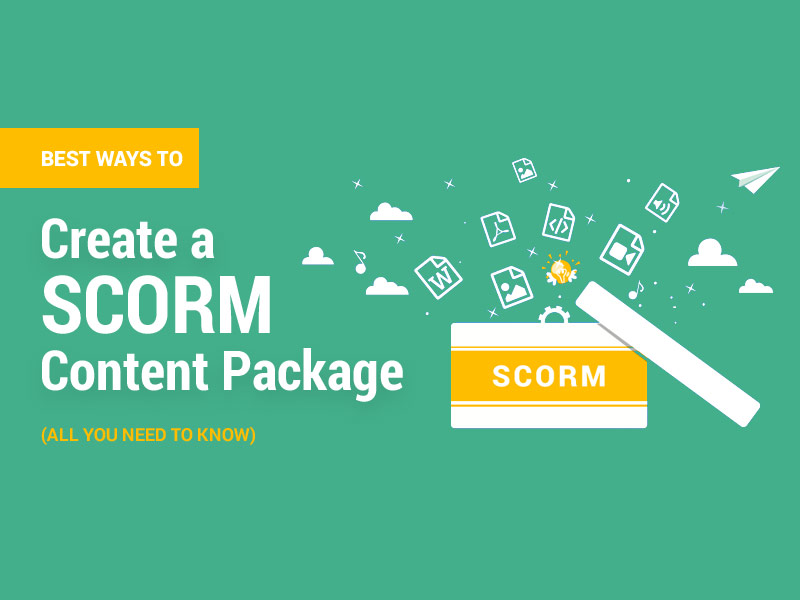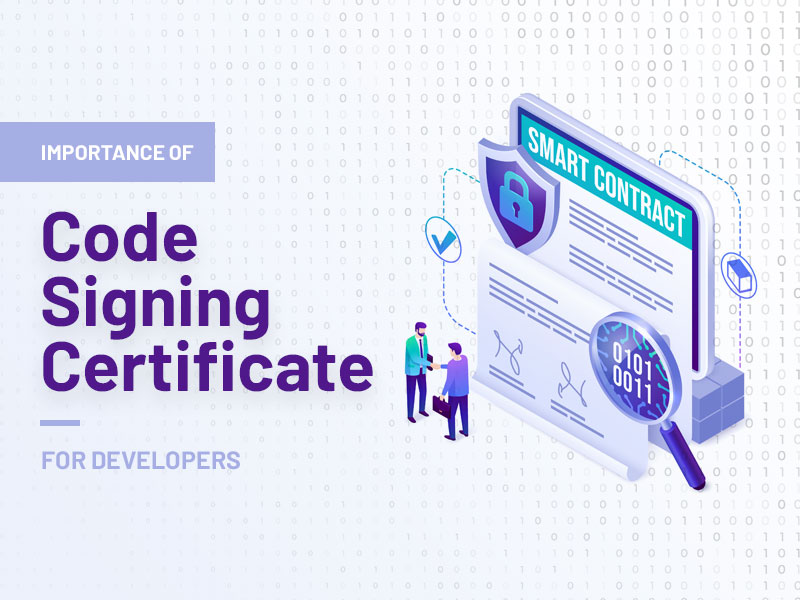The age-long adage of “Necessity is the mother of invention” forever rings true and will never outlive its relevance. A SCORM content package allows users to share and upload rich, interactive, and useful content online hence its creation is important to any Learning management system.
What is SCORM?
SCORM is an acronym that stands for Shareable Content Object Reference Model which is a technical standard/criteria for sharing E-learning content online. It defines communications between client-side content and a host system (called “the run-time environment”), which is commonly supported by a learning management system.
What’s a SCORM package?
A SCORM package for the sake of simplicity and clarity can be defined as a collection or grouping of different kinds of a file in a logical manner which is central to any Learning management system. It’s also known as a Package Interchange File (PIF) and possesses all the data needed to upload learning content and materials to a Learning Management system (LMS).
Every SCORM package contains the following contents:
- 1. XML manifest file: The manifest file aims at a descriptive attempt of the package and its contents.
- 2. Resource Files: Used by the content package (“parts” that make up the course) and its learning activities.
- 3. Schema/definition (XSD and DTD) files that point to the manifest file.
It is a generally known phenomenon that everything science and technology-related has to follow a certain method or mechanism that has been tested or proven to achieve a conclusive result. A slight departure from these predetermined steps portends underwhelming results. This also applies to creating things, objects, and files and in this case a SCORM content package.
The process of creating a SCORM content package is relatively easy as a result of the simplification that comes with technological innovation. You do not have to be a world-class programmer or developer to create SCORM content since most of the tasks are automated to a certain extent with instructional design being trusted into the hands of the user.
These tools that tend to simplify the creation process include:
- 1. Stand alone editors
- 2. Online cloud services
- 3. Powerpoint steps include
In more details, these are important steps to consider when developing a SCORM content package:
1. Collect all information instrumental to the entire course content or materials:
This initial step sounds easy until it is carried out. You would have to sift through a gold mine of potential materials for your Learning Management system and this includes gathering videos, audios, images e.t.c. To make this phase effective it would be better to draw up a concrete plan showing all your necessary contents and the plans you have concerning their utilization.
2. Create an HTML version of your course:
This is the second step to ensure that the learning materials waiting to be uploaded to a particular learning management system are displayable or showable on a web page.
This translates to the fact that your course before it can be called a SCORM package must be organized into a series of HTML pages just like a website. You must also link all text and media in the HTML pages so that they play on the platform too.
The difficulty of this procedure is heightened especially if you are not a tech-oriented or tech-savvy individual. In this instance, you would have to consider the chances of using an Authoring tool to simplify the entire process.
However, you can create an HTML version of your course manually by structuring your course in google docs using the File | Download | Webpage option to download the HTML version of the course. Upon having the HTML version of your course, SCORM compatibility and compliance becomes easy since pre-operative steps have been taken.
3. Add the SCORM files necessary for the LMS:
This step requires you to create a bunch of text files that describe using SCORM terminology. It also requires you to put such files in a ZIP package as a matter of accepted usage and practice with the HTML content created in the earlier step.
This step is very essential particularly on the issue of analytics and performance tracking since the SCORM compatible product in your learning management system (LMS) can record learning stats and performance upon the availability of the said course.
4. Package the results in a ZIP:
Most technological interventions usually have a standard parameter in any of the areas. In this regard, once you possess a customized imsmanifest, add your HTML file and SCORM file to a ZIP archive which is the file’s specification. After this, upload the file to your platform to see if the file can be processed.
The perks of this approach include cost-effectiveness and a sense of control over the entire process.
You can also decide to take the easy way out. This method, although quite pricey, can be adapted to meet your needs, particularly your expertise in instructional design. With an Authoring Tool, you can create rich, interactive, and appealing content. This method also offers the benefit of professionalism in terms of the presentation of content and how the end-users interact with them.
You should also lookout for some features while selecting an authoring tool. Depending on your surrounding circumstances you may have to pick between a third-party authoring tool like iSpring Suite or an Adhoc deck with some nice extras then PowerPoint wouldn’t be a bad idea.
Do not forget the golden rule of this niche which is ensuring that all contents meet a global technical unified standard. Hence, if your authoring tool cannot easily integrate with a Learning management system that should set an alarm off. Compatibility is key here and it is non-negotiable.
Wrapping up
Creating a SCORM content package can be such a tedious nerve-wracking test especially for someone who is not conversant with the inner workings of a SCORM package and its features. Before any of the suggested methods can materialize one has to consider what he wants and how any of these particular processes can be instrumental to your present reality.







